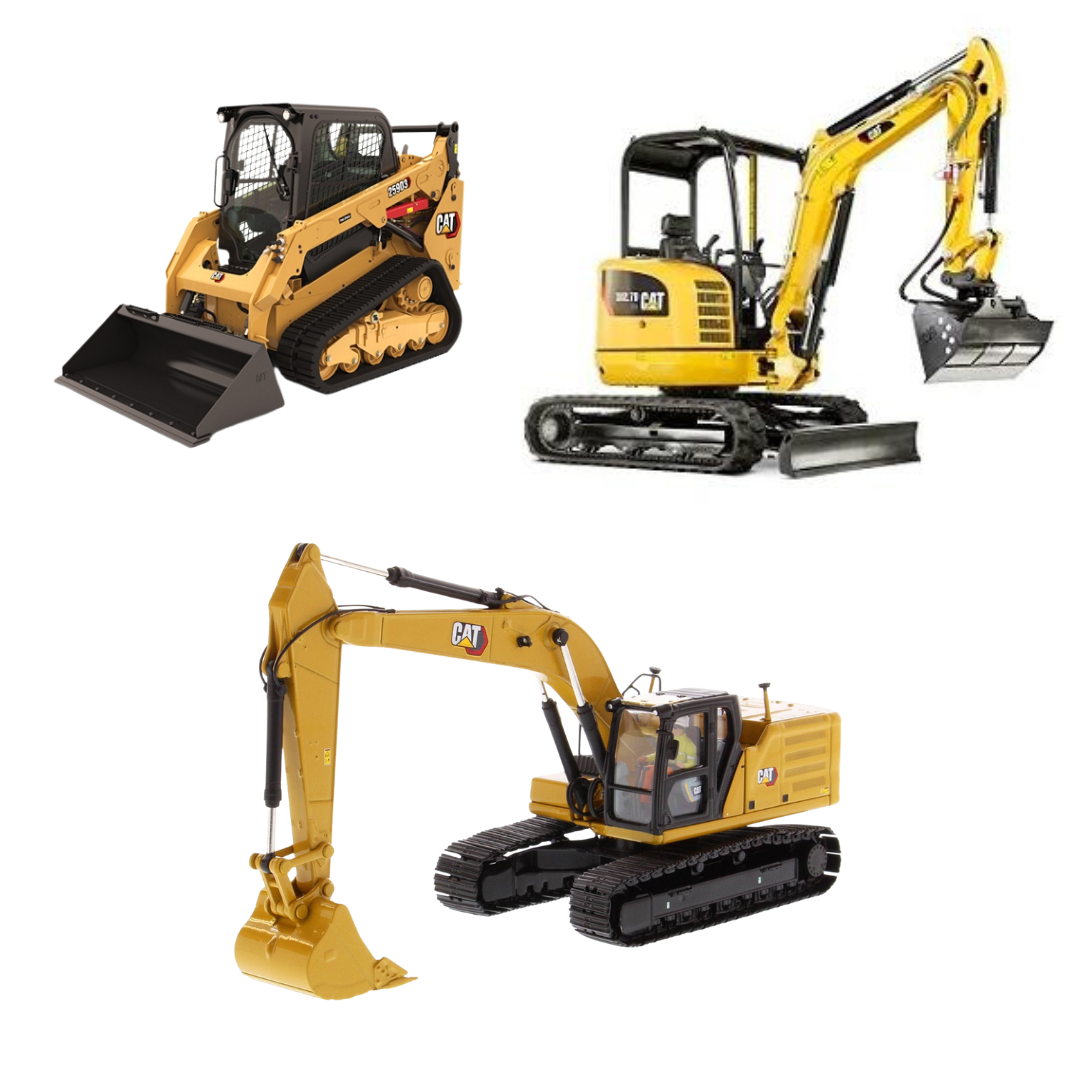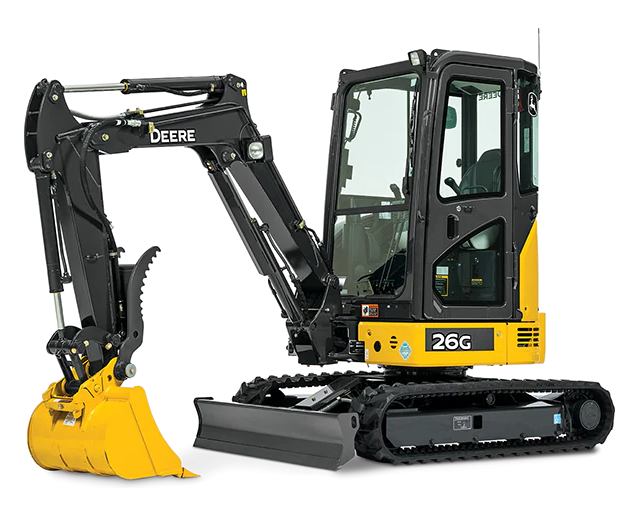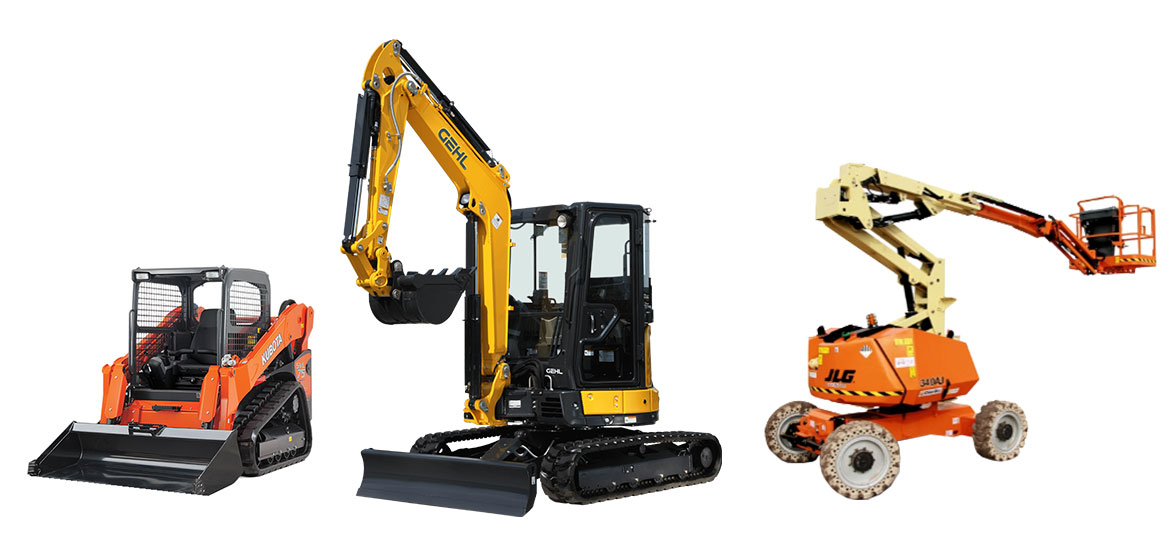Rental Company Near Me: Regional Solutions for Equipment Rentals
Wiki Article
Maximize Your Spending Plan by Comprehending the Prices Related To Building Equipment Rentals
Recognizing the complete range of prices connected with building tools services is vital for optimizing your budget. What approaches can be used to effectively handle these costs and guarantee a more reliable rental experience?Review of Rental Prices
When considering building and construction tools services, recognizing the linked expenses is paramount for efficient budgeting and task planning. Rental costs can differ dramatically based on several elements, consisting of tools type, duration of service, and location. The preliminary rental fee usually reflects the tools's market demand and its connected operational capabilities, affecting the overall cost.Along with the base rental price, ancillary costs might develop, such as transportation fees, fuel surcharges, and upkeep charges. It is vital to represent these additional costs to properly evaluate the complete cost of renting tools. The rental duration can affect rates; longer rentals might certify for discounted prices, while short-term leasings could incur greater daily costs.

Breakdown of Rental Rates
A comprehensive understanding of rental rates is essential for professionals and project managers aiming to enhance their budget plans. Rental prices for building and construction devices generally include a number of elements, including base rates, time-based charges, and use fees.Base rates are the core costs linked with the rental of the equipment, typically determined by the kind and size of the machinery. These prices can vary significantly, affected by factors such as equipment demand, accessibility, and regional market patterns. Time-based costs, which may be daily, weekly, or monthly, offer to accommodate various job timelines and rental periods.
In addition, rental rates might include use costs, which apply when equipment is used beyond a specified threshold, ensuring that the rental firm can account for damage. Seasonal demand fluctuations can also influence rental prices, with peak building and construction seasons generally commanding higher rates.
Furthermore, recognizing the rental company's plans pertaining to upkeep and insurance coverage can provide more insight into the total expense structure. By examining these elements, specialists can make educated decisions, guaranteeing the selection of rental tools aligns with both task requirements and spending plan restrictions.
Extra Charges to Take Into Consideration
Comprehending the intricacies of extra costs is crucial for service providers to handle their general service expenditures successfully. Past the typical rental rates, various extra costs can substantially affect the complete cost of tools rental. These costs often consist of shipment and pick-up fees, which can vary based upon range and logistics associated with moving the devices to and from the job site.Additionally, some rental firms may impose fuel surcharges if the equipment is returned with much less fuel than when leased. It is additionally vital to understand potential cleaning charges, especially for customized equipment that needs thorough maintenance after use.

Extensively reviewing the rental arrangement and clearing up these extra costs ahead of time can help service providers prevent unanticipated expenses and make sure that web link budget plans stay intact throughout the project lifecycle.
Upkeep and Repair Service Expenses
Regular maintenance and repair service expenses are typically neglected factors that can dramatically affect the total cost of building tools services. When renting equipment, it is crucial to consider not just the rental charges yet additionally the potential costs connected with keeping the machinery in optimum operating condition.Lots of rental companies consist of standard maintenance as part of the rental arrangement; however, more unforeseen failures or considerable fixings can lead to additional costs. It's necessary to assess the rental contract very carefully to understand what maintenance solutions are covered and what obligations drop on the tenant.
Additionally, equipment that is not properly maintained can bring about ineffectiveness at work site, possibly raising and creating delays job prices. To minimize these dangers, it is suggested to conduct normal assessments and preserve open communication with the rental supplier concerning any kind of problems that develop during usage.
Insurance Policy and Liability Costs
Insurance policy and responsibility prices are critical parts that can significantly influence the general expense of building and construction tools leasings (aerial lift rental). These costs ensure that both the rental firm and the customer are protected from possible financial losses developing from mishaps, damage, or burglary during the rental duration
Furthermore, clients must be mindful of any deductibles or exemptions in the insurance coverage plan, as these can impact possible out-of-pocket expenses. Understanding the conditions of any type of insurance policy protection is essential to stay clear of unforeseen expenses. Ultimately, budgeting for insurance policy and obligation costs can help ensure a smoother rental experience and secure against financial risks associated with building and construction jobs.
Final Thought
In verdict, a thorough understanding of the prices associated with building and construction equipment rentals is vital for reliable spending plan monitoring. Eventually, informed decision-making pertaining to equipment leasings adds to the total success of building and construction ventures.Rental expenses can vary substantially based on several variables, including tools kind, duration of rental, and place (dozer rental). The rental duration can impact rates; longer leasings may qualify for reduced prices, while temporary leasings might incur higher everyday costs
By carrying out detailed study and this hyperlink involving with trustworthy rental firms, contractors can properly browse the intricacies of rental pricing, eventually optimizing their economic sources.
Beyond the basic rental prices, numerous supplemental costs can significantly impact the complete expense of tools service. Rental companies commonly give obligation insurance that covers injuries to third celebrations or damage to property, while tools damages insurance can cover the have a peek at these guys price of fixings or replacement if the leased tools is damaged.
Report this wiki page